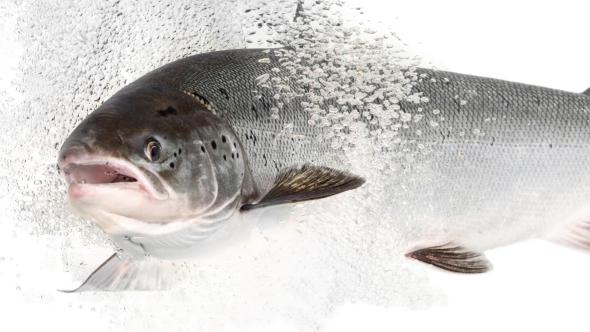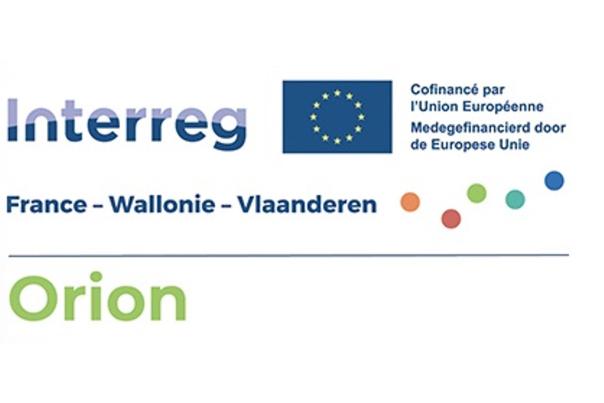Image credit | Jörgen Wiklund
Unlike previous lab-based studies, this large-scale experiment took place in a Swedish river and combined realistic pharmaceutical exposure with state-of-the-art telemetry to track the behaviour of 279 juvenile salmon (smolts) during their seaward migration. The salmon were exposed to either the anti-anxiety drug clobazam (a benzodiazepine), a common painkiller, both, or neither. The drugs were delivered via slow-release implants, at doses mimicking concentrations previously measured in wild fish from polluted rivers.
The researchers found that clobazam-exposed salmon crossed migration barriers two to eight times faster than the other groups. Surprisingly, a higher proportion—more than double—of these fish reached the sea alive. But is that good news?
“At first glance, it may seem like a positive effect,” says Prof. Thoré, who contributed to the data analysis, interpretation, and publication of the study. “But such behavioural changes could carry hidden costs. Moving faster might mean the fish take more risks or use up energy less efficiently—something that could compromise their chances of surviving the return journey to spawn. Not to mention the knock-on effects this may have on other species and the wider ecosystem.”




